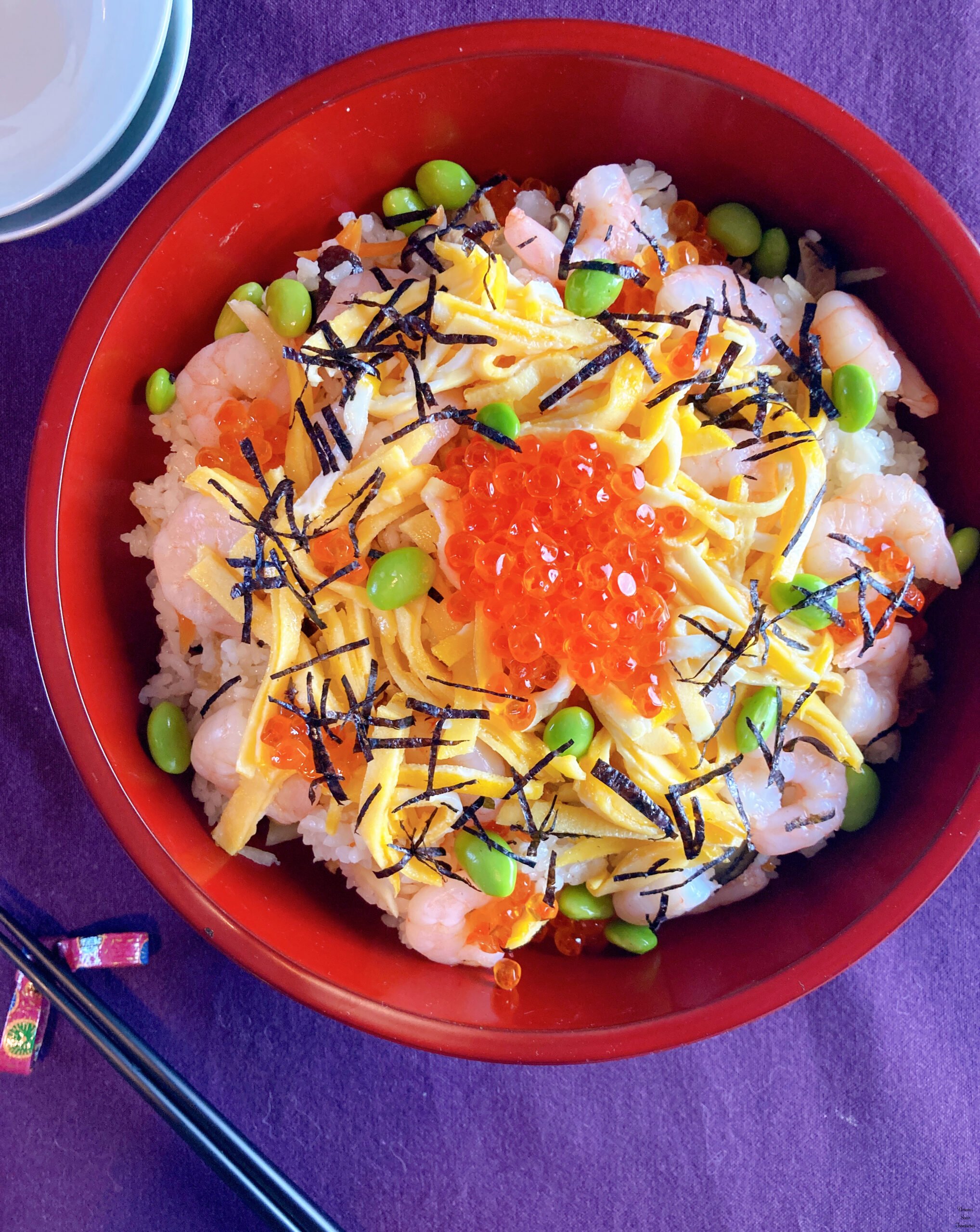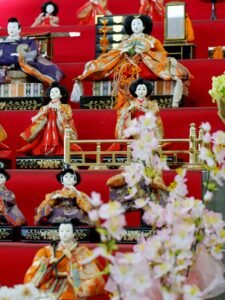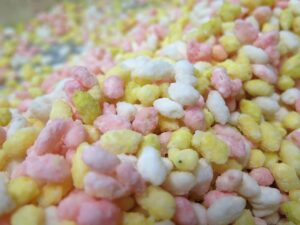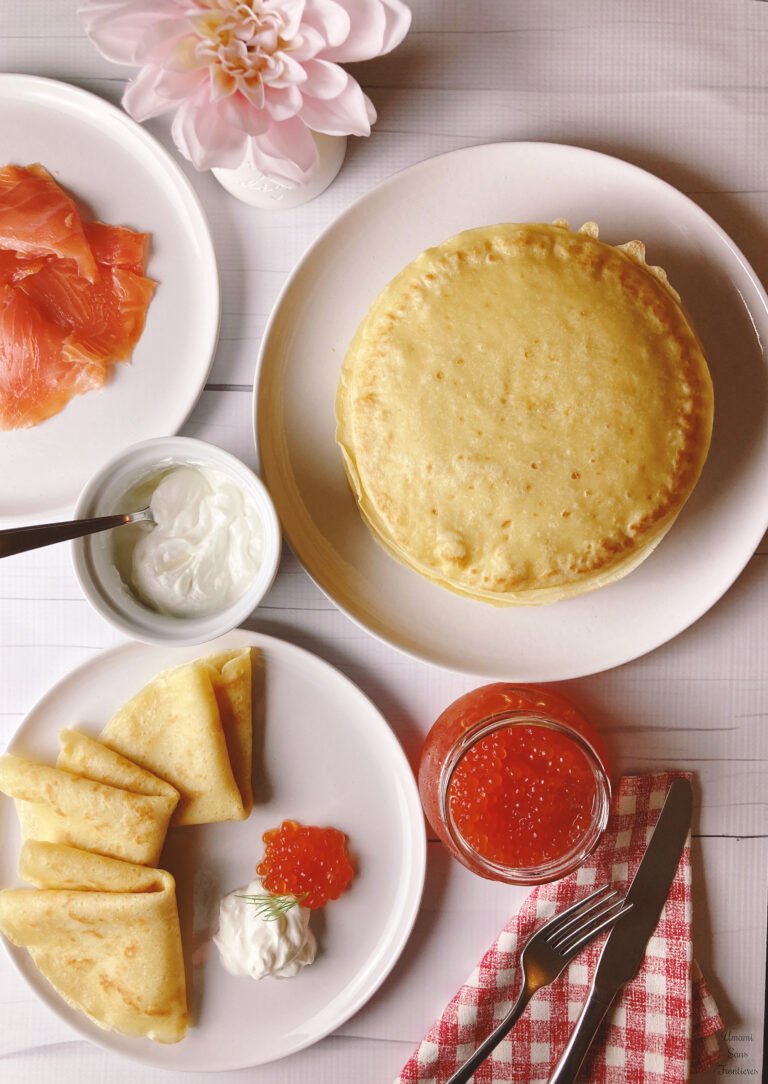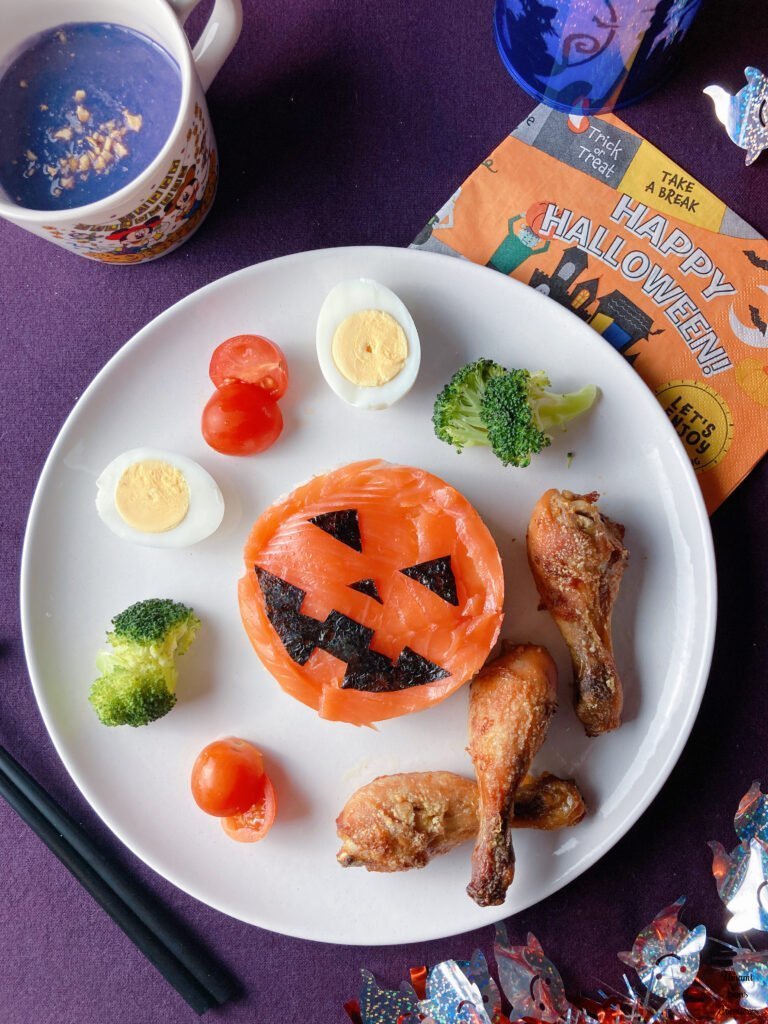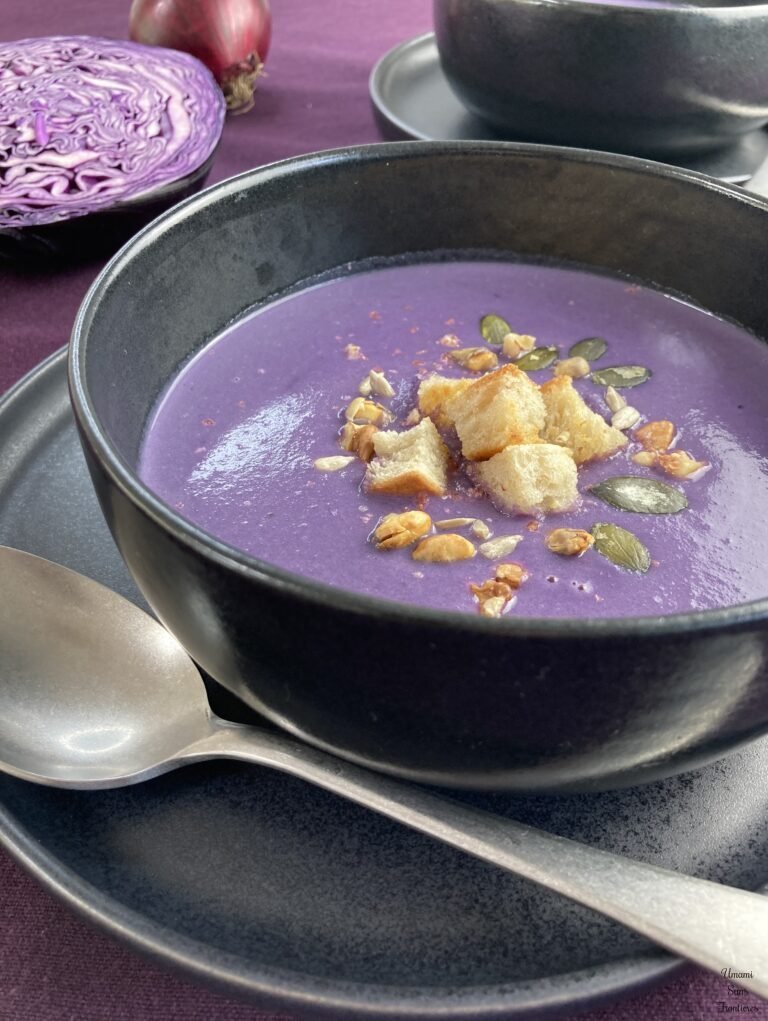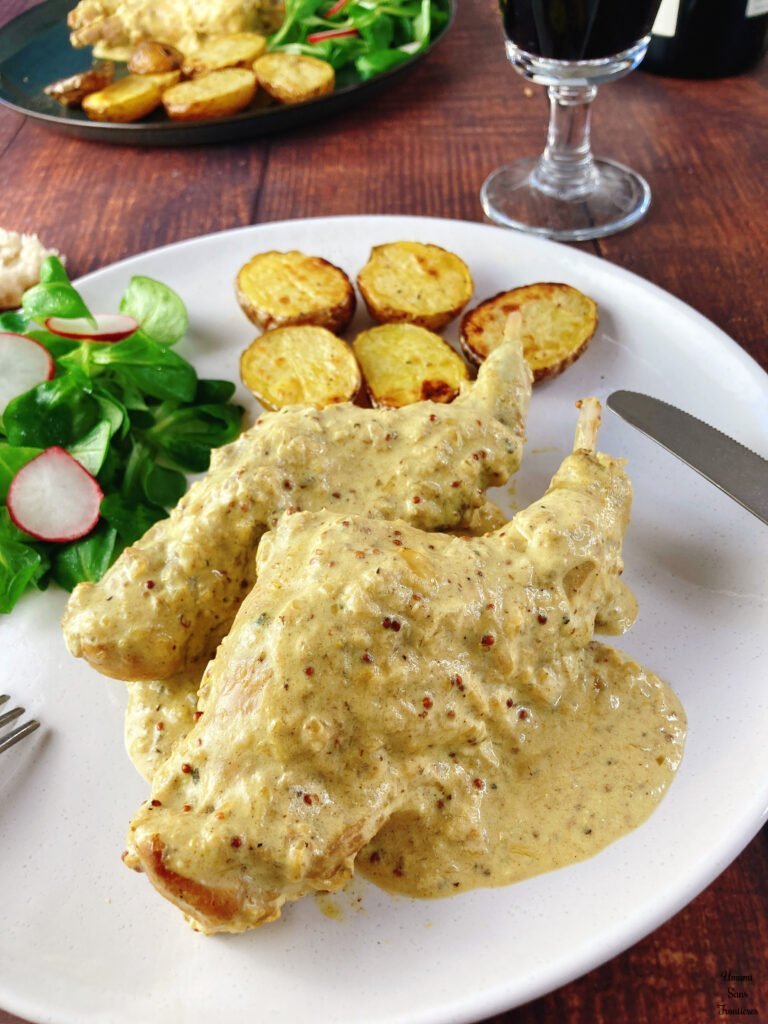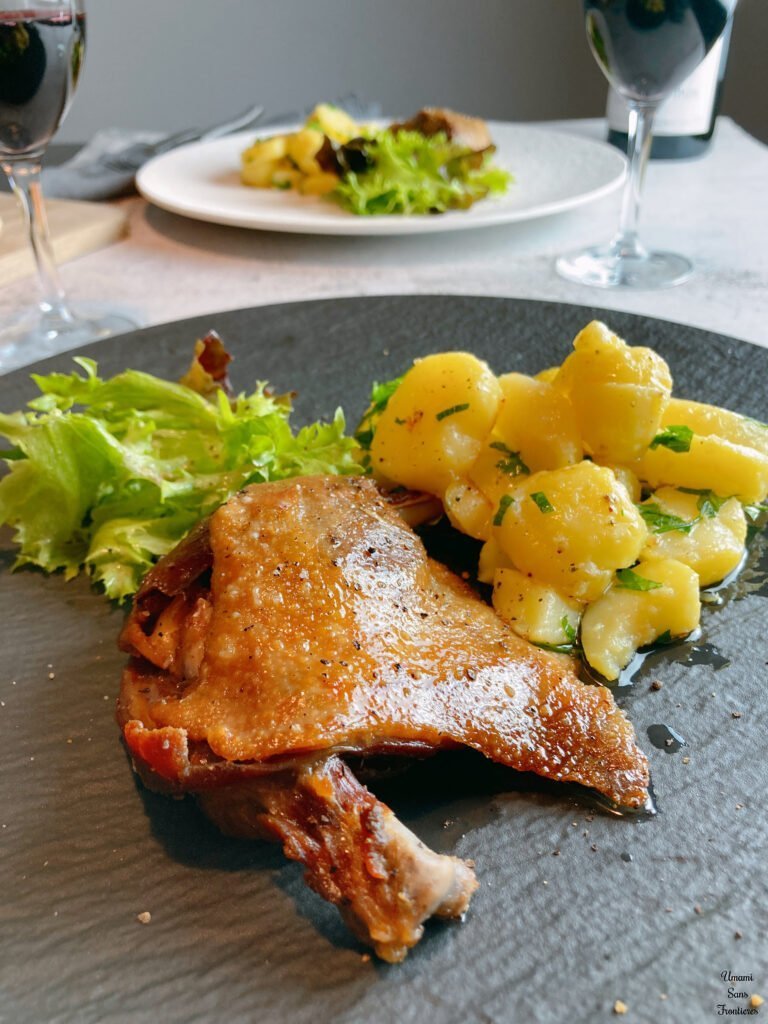March 3rd marks Hinamatsuri, a traditional Japanese celebration also known as the Doll Festival or Peach Festival. This day is dedicated to wishing for the health and happiness of girls, driving away bad luck, and praying for their safe and successful growth. One of the most recognisable aspects of Hinamatsuri is the display of hina dolls, believed to take on bad luck and protect children.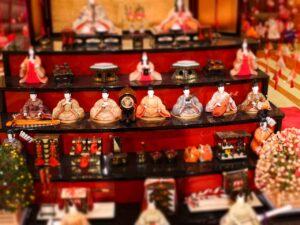
The Tradition of Displaying Hina Dolls
During Hinamatsuri, families traditionally display a set of hina dolls, with the Dairibina (the Emperor and Empress) placed at the top tier. Below them are court attendants, musicians, and other figures arranged on multiple tiers. The dolls represent a Heian-period (794–1185) wedding and are believed to bring good fortune.
It is customary to set up these dolls after Risshun (the beginning of spring) and take them down immediately after March 3rd. There is even a popular saying in Japan: “If you don’t put the dolls away quickly, the daughter will marry late.” My mother repeated this every year, but I still wonder if it’s true. 😅 Since the dolls represent a wedding, it might make sense to tidy them up promptly!
As a child, I remember the large seven-tiered display taking up so much space. Plus, the pale faces and narrow eyes of the dolls seemed a bit creepy to me. I often wondered why we displayed such serious-looking dolls… 😅 Thankfully, modern lifestyles have inspired more compact, stylish, and cute versions of hina dolls, making it easier for families to celebrate the tradition even in smaller spaces
Traditional Hinamatsuri Foods and My Memory of Amazake
Hinamatsuri celebrations wouldn’t be complete without these traditional foods:
- Hishimochi: A three-layered rice cake in pink (protection from evil), white (purity), and green (health), symbolizing the wish for healthy growth.
- Chirashi Sushi: A colorful dish of sushi rice topped with various ingredients believed to bring good fortune.
- Hamaguri Clam Soup: Hamaguri clams have shells that perfectly match only with their pair, symbolizing a happy marriage.
- Hina Arare: Colorful rice crackers representing the four seasons, believed to bring year-round health.
As a child, I loved hishimochi and hina arare. The bright colors and crunchy texture of the arare were my favorites. But amazake? That was a different story… 😅
Amazake is a sweet, non-alcoholic drink made from fermented rice. While it’s known for its gentle sweetness, I found its unique aroma and flavor hard to enjoy. My mother would always say, “It warms you up!” but I could only manage one sip before giving up.
Interestingly, amazake has been part of Hinamatsuri traditions since the Edo period (1603–1868), when it was considered a healthy drink to prepare the body for spring. Maybe I’d enjoy it now as an adult… but honestly, I’m still not sure. 😅
How We Celebrate Hinamatsuri Today
With two daughters of my own, Hinamatsuri celebrations have become a cherished annual tradition in our family. When we lived in Japan, we would prepare strawberry cakes and hina arare, but now chirashi sushi has become our staple dish.
Living abroad, we no longer have access to traditional Japanese sweets, and we don’t display hina dolls anymore. Still, we prepare chirashi sushi and strawberry cakes to celebrate in our own way. It brings me joy to see how traditions continue, even when they adapt and evolve far from home.
By the way, I’ve shared a recipe for Chirashi Sushi on Umami that’s easy to make anywhere in the world—be sure to check it out!
For dessert, Strawberry Terrine Bavaroise is the perfect sweet treat for the season. Give it a try and let me know what you think!
